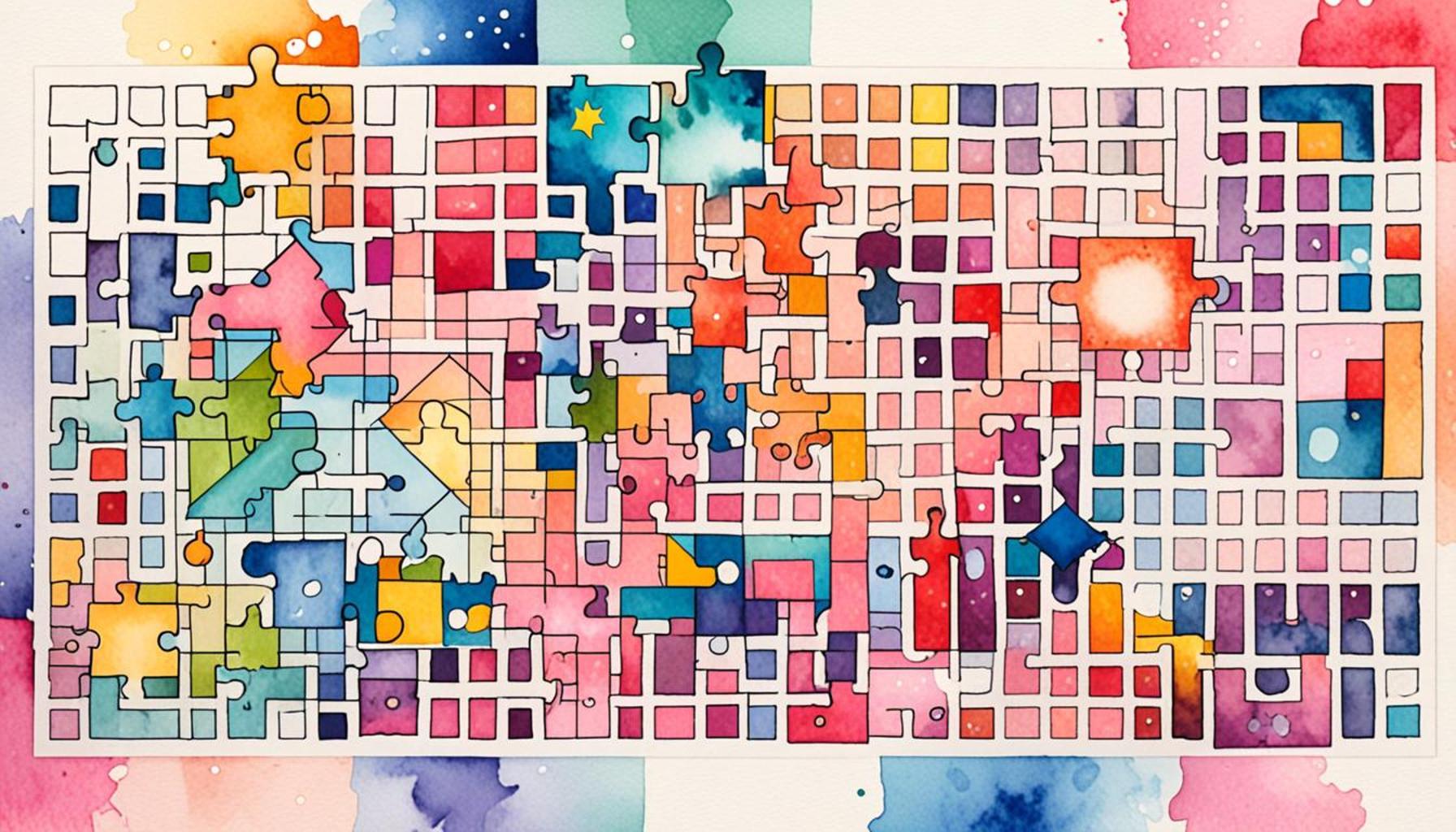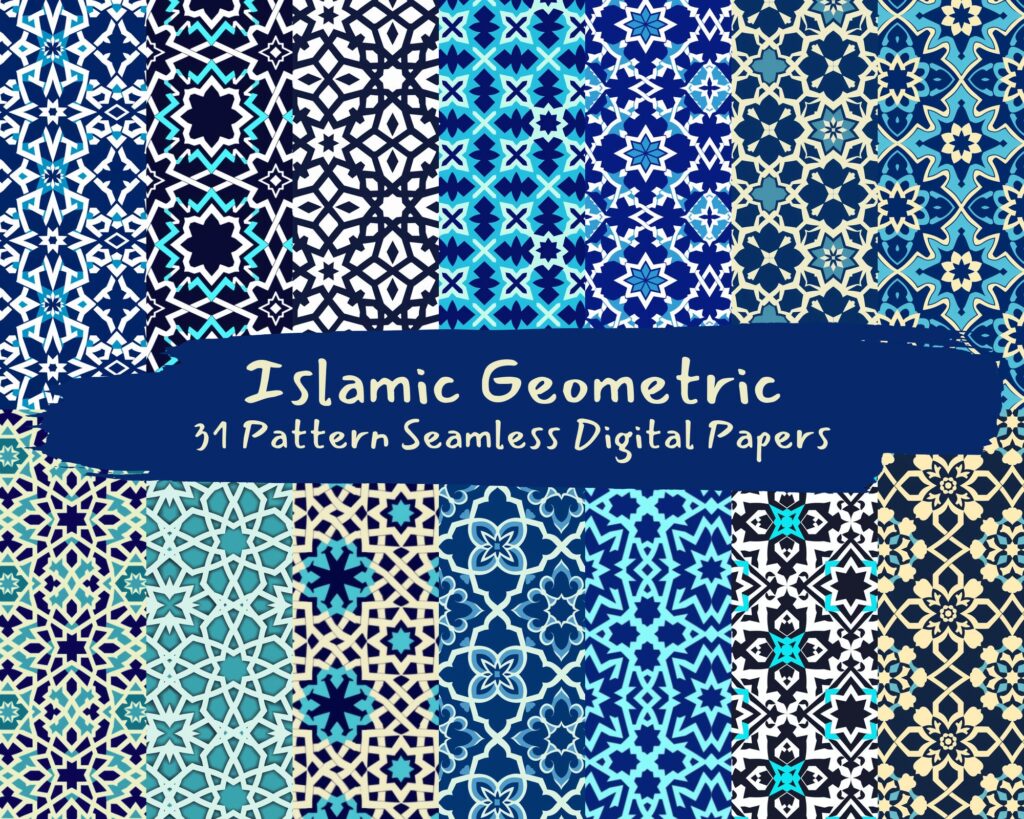How to Solve Enigmas Using Geometric Pattern-Based Strategies

The Intrigue of Geometric Patterns in Problem-Solving
Enigmas have long captivated our imagination, challenging our intellect and creativity. They often require more than just logical reasoning; they call for a deeper understanding of underlying geometric patterns that can reveal solutions hidden in plain sight. By dissecting these patterns, individuals can unlock a range of problem-solving solutions that initially seem out of reach.
An essential first step in harnessing the power of geometry is understanding geometric concepts. Basic shapes—like triangles, squares, and circles—serve as building blocks for more complex figures. Symmetry, a concept often encountered in both biology and design, plays a pivotal role in many geometric puzzles. For example, when looking at a symmetrical pattern, one can predict the location of its mirror counterpart, which may be crucial for deciphering the logic within a puzzle.
Moving beyond theory, the strategies for analysis come into play. One effective method is to visually represent information. For example, when tackling a Sudoku puzzle, players utilize grids to track numbers visually, ensuring that no number is repeated in any row, column, or designated region. By mapping out the problem, players dissect the puzzle into smaller, more manageable segments. Similarly, in solving logic puzzles, drawing diagrams can help clarify relationships between the elements involved, making it easier to uncover hidden connections.
The practical applications of geometric thinking extend well beyond puzzles. Architects often employ geometric principles when designing buildings, ensuring structural integrity while achieving aesthetic appeal. Consider the iconic Guggenheim Museum in New York City, which features a continuous spiral ramp. Its design showcases how geometric principles can guide not only form but also function, influencing how visitors interact with the space.
In everyday life, geometric thinking can enhance critical thinking capabilities. For instance, consider a scenario where you’re trying to optimize storage space in your home. Utilizing geometric awareness can lead you to organize items more efficiently, much like Tetris pieces locking together to maximize space.


In conclusion, recognizing geometric patterns can provide significant clues that might otherwise be missed. Many popular games, like chess or complex spatial puzzles, rely on these concepts to build their frameworks. By honing your skills in this area, you can approach enigmas with a fresh perspective that sets you apart from the average solver. Join us as we delve into techniques that can transform how you perceive and tackle challenges, utilizing the fascinating world of geometry as your guide.
CHECK OUT: Click here to explore more
Decoding Enigmas Through Geometric Analysis
To truly harness the power of geometric pattern-based strategies in solving enigmas, it is crucial to begin by exploring the various geometric concepts that serve as the foundation of spatial reasoning. Among the most essential figures are polygons, particularly triangles, squares, and hexagons. These shapes not only represent the basic building blocks of geometry but also possess unique properties that can aid in solution discovery. For instance, the Pythagorean theorem, derived from the relationships inherent in right triangles, can provide valuable insights in numerous puzzle contexts, ranging from architectural designs to mathematical challenges.
Another vital aspect of geometric analysis is understanding the significance of symmetry and transformations. Many enigmas are designed around symmetrical arrangements, where recognizing mirrored elements can lead to quick deductions. Furthermore, transformations such as rotations, translations, and reflections can alter our understanding of spatial relationships within a puzzle. Consider Rubik’s Cube, a puzzle that encapsulates geometric transformations. Each twist and turn transforms the configuration of colors, and solvers gain an advantage by mapping these transformations onto a layered approach that reveals solutions.
Effective Strategies for Visual Representation
Thoughtful visual representation is arguably one of the most effective tools in the arsenal of a problem solver. By graphically manifesting the essence of a problem, solvers can simplify complexities and identify patterns overlooked by a purely analytical approach. Here are some effective strategies for visual representation:
- Sketching Diagrams: Begin by sketching out the problem scenario, whether it be a grid, a network, or even a basic shape. This visualization allows for a clearer understanding of how elements interact.
- Color Coding: Applying different colors to various components can help distinguish between elements, allowing for a quicker identification of relationships and aids in tracking multiple conditions.
- Creating Charts and Tables: For complex problems with numerous variables, tabulating information can help organize thoughts and clarify structures, making hidden patterns more visible.
As you progress through an enigmatic challenge, consider leveraging technology to further enhance your visual representation capabilities. There are numerous applications and software tools designed for geometric visualization that can help you manipulate shapes and explore their properties interactively. By embracing these modern resources alongside traditional methods, you can embrace a multifaceted approach to unraveling intricacies.
A deeper appreciation of the potential of geometric awareness reveals that enthusiasts can utilize these techniques in numerous real-life scenarios, from designing efficient spaces and products to enhancing one’s cognitive flexibility in everyday problem-solving tasks. Ultimately, by embracing geometric patterns as guiding principles, future enigmas will become less formidable challenges and more like puzzles waiting to be solved with creativity and strategy.
Understanding Geometric Patterns in Enigmas
Geometric patterns play a crucial role in unraveling complex enigmas, providing structure and clarity to seemingly chaotic puzzles. These patterns, which are inherent to both mathematics and art, serve as visual tools that can help in decoding messages and forming strategies for problem-solving. By focusing on the symmetry, shapes, and spatial relationships, one can gain insights into the underlying logic of an enigma.
Advantages of Using Geometric Strategies
| Category | Key Features |
|---|---|
| Pattern Recognition | Understanding relationships among various shapes and angles enhances analytical skills. |
| Problem Simplification | Geometric layouts allow for easier breakdown of complicated enigmas into manageable parts. |
The advantages of employing geometric pattern-based strategies extend beyond just solving enigmas. They foster critical thinking, enabling individuals to navigate complex problems with greater confidence. Moreover, the application of these strategies encourages creativity, as one learns to visualize solutions in innovative ways. Involving geometric patterns not only enhances one’s ability to solve puzzles but also enriches cognitive processing, sharpening both mathematical intuition and visual perception. By delving into these patterns, enthusiasts of enigmas can transform their approach, leading them to more engaging and satisfying problem-solving experiences. Next, we will explore various methods to apply these geometric strategies in practical scenarios, showcasing their effectiveness in real-world enigmas that challenge minds and stimulate curiosity.
SEE ALSO: Click here to read another article
Applying Geometric Principles to Enigma Clarity
Another indispensable element of solving enigmas through geometry is the incorporation of spatial reasoning skills. Spatial reasoning allows individuals to visualize the relationships and transformations of shapes and symbols within a given enigma. Engaging in exercises that sharpen these skills can significantly improve one’s ability to analyze puzzles effectively. Activities such as jigsaw puzzles, 3D modeling, and computer-aided design (CAD) challenges not only enhance spatial awareness but also nurture a habit of finding geometric relationships in everyday objects.
Utilizing geometric construction techniques can greatly aid enigma solvers. For example, when tasked with determining the location of a hidden object based on minimal clues, employing geometric constructions like bisecting angles, creating circumcircles, or constructing perpendicular lines can simplify the problem. Even simple tools like a compass and straightedge can become powerful allies in this quest. Historical enigmas, such as the construction of ancient structures, demonstrate that fundamental geometric principles have always played a crucial role in problem-solving throughout history.
Pattern Recognition as a Key to Solutions
At the heart of geometric pattern-based strategies lies the art of recognizing patterns. Many enigmas hinge on identifiable sequences or arrangements that may not be apparent at first glance. For instance, consider a Sudoku puzzle. While it may initially appear to be a number-based challenge, geometric relationships guide its resolution. The patterns of rows, columns, and boxes limit possibilities and provide clues for determining the correct placements of numbers.
Engaging with geometric patterns can also find a practical application in popular games. Take chess, for example. The spatial arrangement of pieces on the board can translate into various geometric configurations—diagonals, straight lines, and surrounding positions—that inform acceptable moves. By studying these geometric patterns, players can develop strategies that lead to anticipated opponents’ actions and possible outcomes.
To refine your capacity to recognize patterns, consider integrating diverse mathematics into your routine. This can be as simple as engaging in logic puzzles or studying classic problems such as the Towers of Hanoi. Books on recreational mathematics can also provide fascinating problems that emphasize the geometric aspects of patterns. These strategies not only enhance a solver’s abilities but also cultivate a deeper appreciation for how geometry operates in various contexts.
Real-Life Applications of Geometric Enigma Solving
The skills acquired through the study of geometric patterns extend far beyond puzzles and games into numerous real-life applications. Architects employ geometric principles to create aesthetic buildings that are also structurally sound. In fields such as computer graphics and animation, the manipulation of geometric shapes is vital in bringing characters and environments to life. Even industries like urban planning rely on geometric optimization to design spaces that facilitate efficient movement and user experience.
As we navigate a world filled with complexities, enhancing our ability to solve enigmas through geometric pattern-based strategies can empower us in both personal and professional settings. From analyzing designs to navigating challenges in data interpretation, the potential benefits are vast and varied.
Thus, embracing geometric strategies not only equips us to tackle enigmas but also enriches our cognitive repertoire, opening doors to fresh perspectives and innovative problem-solving approaches.
SEE ALSO: Click here to read another article
Conclusion: Unleashing the Power of Geometry in Enigma Solving
In a world brimming with challenges and complexities, the ability to solve enigmas through geometric pattern-based strategies offers a unique advantage. By integrating spatial reasoning and honing our skills in recognizing patterns, we empower ourselves to unlock solutions that may initially seem elusive. Engaging in activities that enhance our geometric understanding not only prepares us for puzzles and games but cultivates essential problem-solving skills applicable in various real-world contexts, including architecture, urban planning, and computer graphics.
Moreover, the art of geometric construction serves as a foundation for tackling enigmas systematically. Each challenge becomes an opportunity to apply theoretical knowledge practically, showcasing how fundamental geometric principles can lead to creative solutions. Whether navigating the complexities of a Sudoku grid or strategizing moves on a chessboard, geometric insights illuminate pathways to success.
As we strive to enhance our cognitive tools, embracing these geometric strategies is crucial. Beyond mere entertainment, they foster critical thinking and expand our perspectives on problem-solving. As you delve deeper into the enchanting world of geometry, consider exploring resources such as books, puzzles, and online platforms to refine your skills further. The journey of unraveling enigmas through geometric patterns not only sharpens our intellect but also enriches our lives with a profound appreciation for the intricate connections between shapes and the world around us. With these strategies in hand, we can confidently face any enigma that comes our way.
Related posts:
Strategic Word Puzzle Solving Master Techniques Tips Explained
Boost Focus Train Concentration with Logical Puzzles Techniques
Top Tips to Stay Motivated Solving Difficult Puzzles
Boost Analytical Skills with Puzzle Solving Exercises A Fun Approach
Fun Puzzle Tips Introducing Kids to Puzzles Engagingly
Daily Puzzle Solving Tips Turn It Into a Fun Daily Habit

Beatriz Johnson is a seasoned puzzle enthusiast and writer with a passion for unraveling the complexities of mind games and brain teasers. With over a decade of experience in the world of puzzles, she specializes in topics like logic games, riddles, and strategic challenges. Through her work, Beatriz empowers readers to sharpen their problem-solving skills, think creatively, and stay engaged in the ever-evolving landscape of mind games and puzzles.